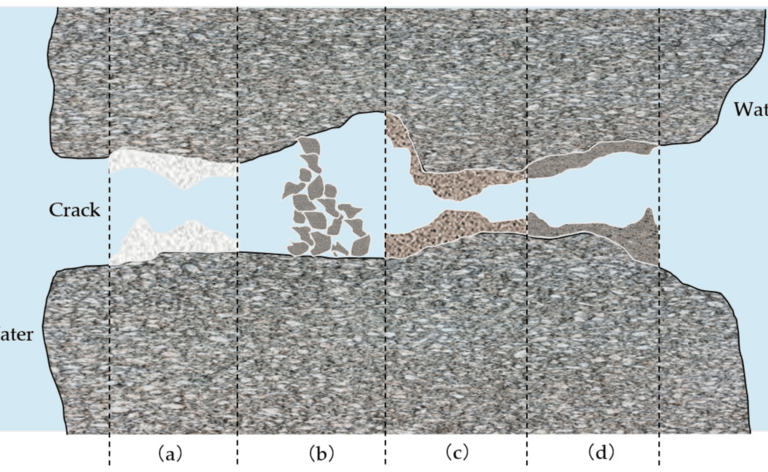
When Walls Speak: Can Buildings Warn Us of Earthquakes?
It has become essential to develop buildings that interact with their surroundings and warn occupants of potential dangers. But can walls and columns truly "speak" and alert us to earthquakes before they strike?
Construct Vision Team
5/6/20257 min read
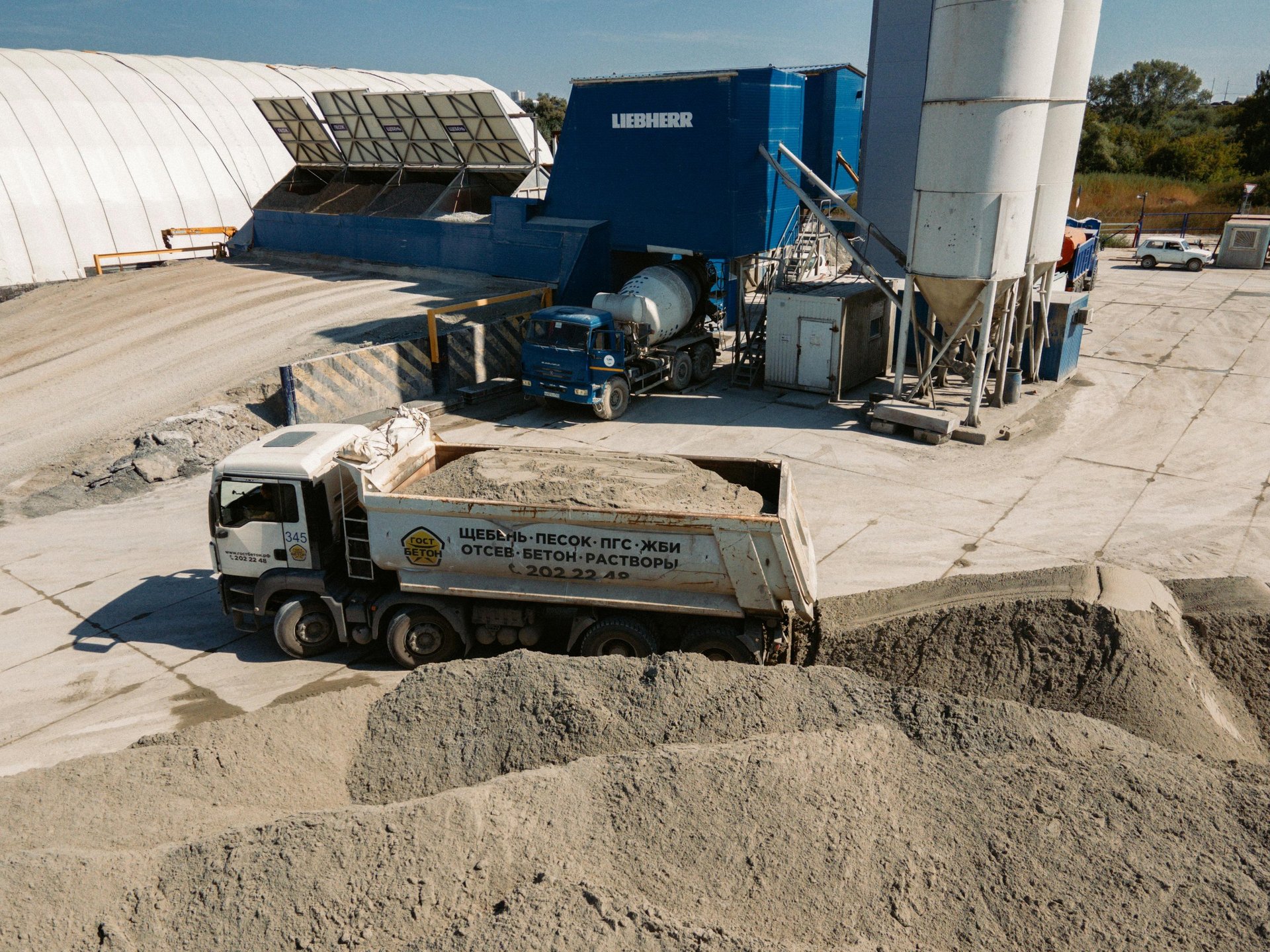
In an era where natural disasters accelerate and lifestyles evolve, buildings are no longer just silent shelters. Efforts are underway to transform them into intelligent entities capable of "sensing," "speaking," and even saving lives.
It has become essential to develop buildings that interact with their surroundings and warn occupants of potential dangers. But can walls and columns truly "speak" and alert us to earthquakes before they strike?
First: Smart Materials – Walls That Sense Us
It may sound like science fiction, but science is already integrating "senses" into walls and columns. How? Through smart materials – materials that alter their physical properties when exposed to external stimuli, such as pressure, vibration, or changes in humidity and temperature.
In recent research, these materials are used to monitor the structural health of buildings, much like a doctor uses devices to monitor the human body.
Smart materials respond to external stimuli like pressure, heat, or moisture, changing their properties accordingly. They are used to monitor structural integrity and interact with environmental changes.
Example: Smart Bricks
Researchers have developed bricks embedded with piezoresistive sensors that measure deformation and stress within brick walls. These sensors transmit electrical data correlated with stress changes, enabling continuous monitoring of structural integrity and early detection of damage caused by earthquakes or overloading.
Fourthly: Self-Healing Concrete – Autonomous Crack Repair
While concrete may not "speak," it can indeed "heal itself"!
Self-Healing Concrete contains microcapsules that release healing agents when cracks form. These agents fill the voids and restore surface integrity, allowing cracks to heal automatically. This reduces maintenance needs and extends the lifespan of buildings.
A study published in the Journal of Building Engineering (2023) indicates a significant reduction in maintenance costs and an increase in building lifespan by more than 50%.
watch our video about Self-Healing Concrete.
Note: Lessons from the Past – Roman Concrete
Ancient Roman concrete exhibits self-healing properties due to the use of materials like lime and volcanic ash. When exposed to water, these materials react to fill cracks automatically, explaining why some Roman structures remain standing today.
Recent research, particularly by teams from the Massachusetts Institute of Technology (MIT) and Harvard University, suggests the secret lies in the presence of small lime clasts (lime lumps) in Roman concrete, previously thought to be the result of poor mixing.
When small cracks form in Roman concrete and water seeps in, the following occurs:
Reaction of Lime with Water: Lime clasts (calcium oxide - CaO) react with water (H₂O) to form calcium hydroxide (Ca(OH)₂), a calcium-saturated solution.
Precipitation of Calcium Carbonate: This calcium-rich solution can precipitate as calcium carbonate (CaCO₃) within the cracks, filling and sealing them automatically. This process resembles how limestone caves form.
Reaction with Volcanic Ash (Pozzolana): Additionally, calcium hydroxide reacts with volcanic ash (pozzolana), a silica- and alumina-rich material. This pozzolanic reaction produces calcium silicate hydrates (C-S-H) and calcium aluminate hydrates, increasing the concrete’s strength and durability over time and aiding in crack sealing.
Why Was This Process Effective in Roman Concrete?
• Use of "Hot Mixing" with Quicklime: Research indicates that the Romans used quicklime directly in "hot mixing" instead of slaked lime (calcium hydroxide) commonly used in modern concrete. This "hot mixing" produced small lime clasts crucial for the self-healing mechanism.
• Unique Composition: The combination of quicklime, volcanic ash, aggregates, and seawater (in some Roman marine structures) led to unique chemical reactions that contributed to durability and self-healing capabilities.
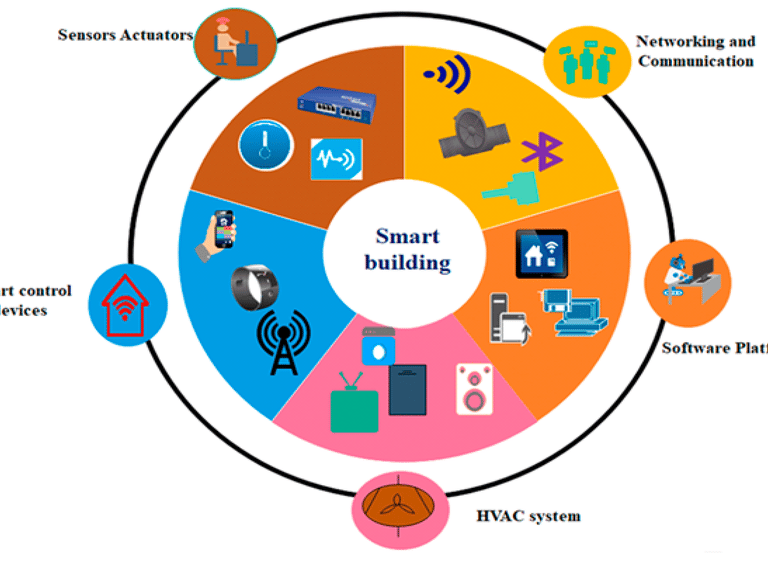

Fifthly: A Vision for the Future
With advancements in artificial intelligence, these smart materials could soon be integrated into digital networks that analyze data and issue real-time warnings.
In the near future, you might wake up to a notification from your home saying:
"Unusual vibrational activity detected. We recommend evacuating the building within 30 seconds."
Sixthly: A Vision for the Future
The use of smart materials in construction represents a step toward a safer and more sustainable future. These materials and technologies are expected to play an increasingly critical role in building cities that are more resilient to natural disasters and structural issues.
We no longer need science fiction to imagine "talking" buildings; science is creating them now, one material at a time. Walls may not have a voice... but they now have senses, and they could save lives before disaster strikes.
There are already real-world experiments and applications of these smart materials, some of which are entering the investment or commercial implementation phase, though still in relatively early stages:
Self-Sensing Concrete: Numerous studies and research projects worldwide are testing self-sensing concrete to monitor structural health. This concrete has been integrated into real structural elements like bridges and buildings to assess its ability to detect stress and cracking under actual operating conditions. Some companies have begun marketing self-sensing concrete solutions for structural monitoring systems. For example, this technology is used in certain projects to continuously monitor the safety of bridges and tunnels, enabling early intervention if issues arise.
Embedded Sensors: Pilot projects have incorporated sensors into construction materials like concrete and steel to monitor stress and vibrations. These projects aim to evaluate the effectiveness of these systems in providing real-time data on structural integrity. Some companies now offer commercial solutions for structural monitoring systems that use wireless sensors embedded in or attached to building materials. These systems are particularly used in large structures like bridges and skyscrapers to provide early warnings of abnormal stress or damage.
Smart Bricks: Active research is underway on "smart bricks" embedded with sensors to monitor wall integrity. For instance, bricks capable of measuring pressure and deformation within walls have been developed. Some universities and research institutions have built prototypes of structures using these smart bricks to test their ability to provide data on building safety during seismic tests or under various loads. While this application has not yet reached large-scale commercial investment, it represents a promising field.
Self-Healing Materials: Although widespread use of self-healing materials is still under development, some limited applications have emerged, particularly in small-scale concrete repair. Significant investments are being made in research and development to enhance the capabilities of self-healing materials and expand their applications in construction.
Ongoing Challenges:
Despite notable progress, several challenges remain for the widespread adoption of these smart materials, including:
Cost: These materials and technologies are often more expensive than traditional building materials.
Durability and Reliability: Ensuring sensors and smart materials function reliably over the long term in harsh construction environments.
System Integration: Developing effective systems for data collection, analysis, and providing meaningful, user-friendly alerts.
Standards and Regulations: Establishing standards and regulations to define and evaluate the performance of these smart materials.
The large-scale application of these technologies is still in its early stages and requires further research, development, and overcoming challenges related to cost, reliability, and system integration. The future holds great promise for these smart materials in making our buildings safer and more intelligent.
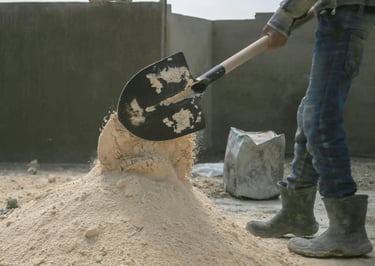

Scholarly References:
Self-sensing concrete review – Construction and Building Materials, 2024
Piezoelectric materials for structural health monitoring – Sensors and Actuators
Self-healing concrete and sustainability – Journal of Building Engineering, 2023
Smart materials in architecture – Neuroject.com
Share the post
Subscribe to our newsletters:
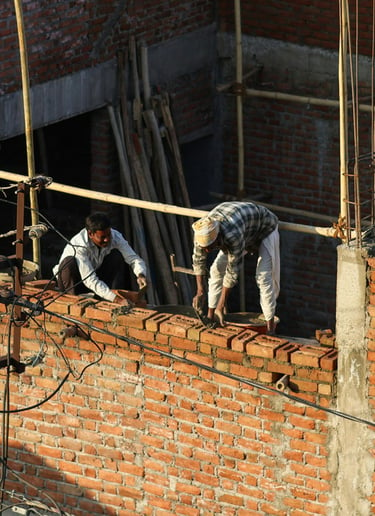

Secondly: Smart Concrete – The Sixth Sense of Buildings
Self-Sensing Concrete integrates conductive materials like carbon fibers, carbon nanotubes, or metallic particles into the concrete mix. This enables it to detect changes in stress or the formation of cracks.
According to a study published in Construction and Building Materials (2024), this concrete demonstrates exceptional capability in transmitting electrical signals that accurately reflect its internal state.
The electrical properties of this concrete change when subjected to stress or cracking. By monitoring these changes in electrical resistance, pressure, stress, and crack development within the structure can be detected early. Research is underway to use this technology in early warning systems for earthquakes by identifying vibrations and stress changes.
Imagine a building that detects cracking and sends a notification to the responsible engineer before anyone even notices a hairline fracture in the wall!
This technology is also used to monitor building health and detect damage before it worsens.
Various sensors are embedded directly into construction materials during manufacturing or installation:
• Strain Sensors: Measure deformation and stress in materials like concrete, steel, and wood, aiding in structural integrity assessment and potential damage detection.
• Vibration Sensors/Accelerometers: Monitor building vibrations caused by earthquakes or other events, providing valuable data for structural damage evaluation.
• Tiltmeters: Detect changes in the structure’s tilt angle, which may indicate abnormal movement or settlement.
• Humidity and Temperature Sensors: Help identify issues like moisture accumulation or mold growth, which can affect material integrity.
Thirdly: Piezoelectric Materials – Converting Pressure into Electrical Signals
Piezoelectric Materials are another remarkable technology. These materials generate an electric charge when subjected to pressure, such as that from seismic vibrations. This allows them to convert earthquake-induced vibrations into analyzable signals for predicting danger.
A study published in Sensors and Actuators demonstrated that these materials can be embedded in walls to act as precise "seismic sensors," linked to advanced warning systems.
"We’re not just talking about earthquake resistance... but predicting them!" – Dr. Kazuo Okazaki, Tokyo University of Smart Building Technologies.
Piezoelectric Materials are specific solid materials—such as certain crystals and ceramics—that generate an electric charge in response to applied mechanical stress. This phenomenon is called the piezoelectric effect.
When a piezoelectric material is subjected to mechanical stress, there is a displacement of positive and negative charge centers within the material. This displacement results in an external electric field. Conversely, when an external electric field is applied to a piezoelectric material, it undergoes slight expansion or contraction.
Piezoelectric materials can be classified into:
• Natural Crystals: Such as quartz, tourmaline, Rochelle salt, and cane sugar.
• Ceramics: Like barium titanate (BaTiO₃) and lead zirconate titanate (PZT), which are widely used due to their high piezoelectric properties.
• Polymers: Such as polyvinylidene fluoride (PVDF), known for their flexibility and high voltage sensitivity.
• Other Materials: Including III-V, II-VI, and ZnO semiconductors.
